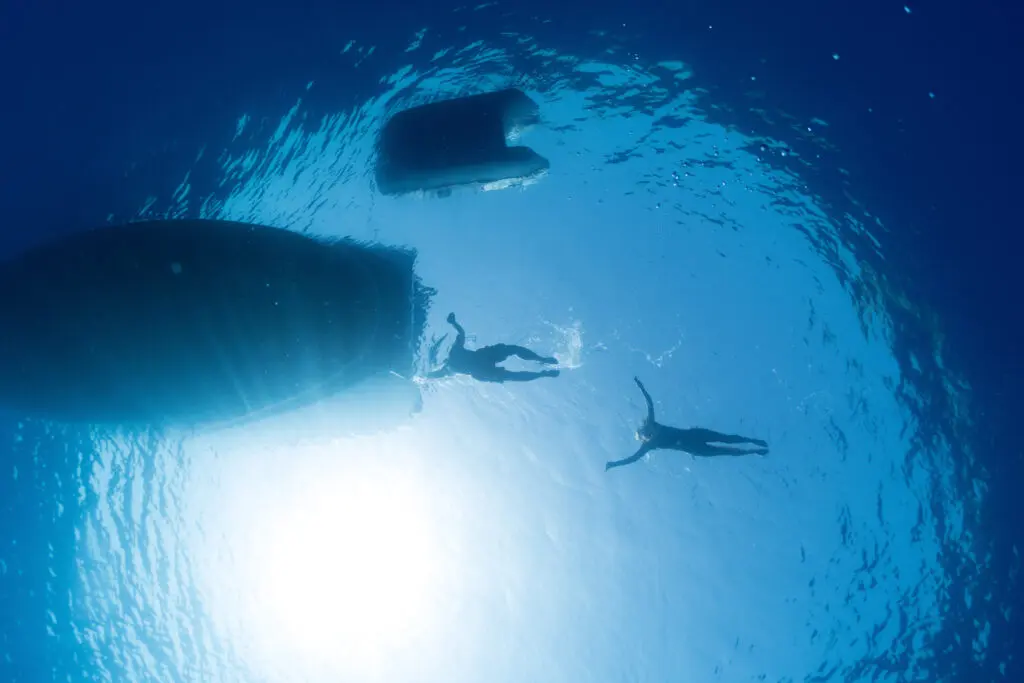Analysis suggests the volume of thermoset composites waste available for recycling in Europe is around 25% of earlier estimates.
The European Composites Industry Association (EuCIA) had previously developed a model, based on gdp, that predicted a total volume of about 914 000 tonnes of waste in Europe in 2025. Typical products include aircraft wings and fuselages, automotive chassis components, boat hulls and decks, and wind turbine blades.
5% recycled
Because the amount of composites waste generated in Europe is not officially monitored, EuCIA has been collaborating with its members and partners to estimate the potential size of the recycling market. Its analysis indicates that the actual volume accessible for recycling is likely to be around 228 00 tonnes in 2025. Of this, EuCIA estimates that a maximum of 5% is being recycled.
Reasons for these sharply lower figures include:
- composite components being exported for reuse outside of Europe
- parts are typically embedded in infrastructure that cannot be easily retrieved for recycling, such as underground pipes and tanks
- collection and sorting systems are limited and most end-of-use products are not collected
Untapped resource
EuCIA believes the new figures show an untapped resource that could potentially be returned to the value chain. ‘Exploiting this opportunity will require the building of a robust European value chain and infrastructure to enable reuse and recycling of composite materials,’ says a press release.
‘Longer term, establishing systems to enable more widespread collection and sorting of composites waste will be key to fully realising a circular economy for composite materials.’
The data will feed into the activities of a new European Circular Composites Alliance (ECCA), which aims to identify and resolve the legal, economic and technical barriers to composites recycling.
‘The collaboration of Europe’s composites stakeholders is essential to achieve the full circularity of composite materials,’ says Raphaël Pleynet, EuCIA’s md.
‘ECCA members will commit to this goal, working together to fully establish the circular economy for composites by implementing strategies for greater reuse, repair, repurposing and recycling, and setting and delivering on targets for the recycling of existing products.’
Don't hesitate to contact us to share your input and ideas. Subscribe to the magazine or (free) newsletter.



